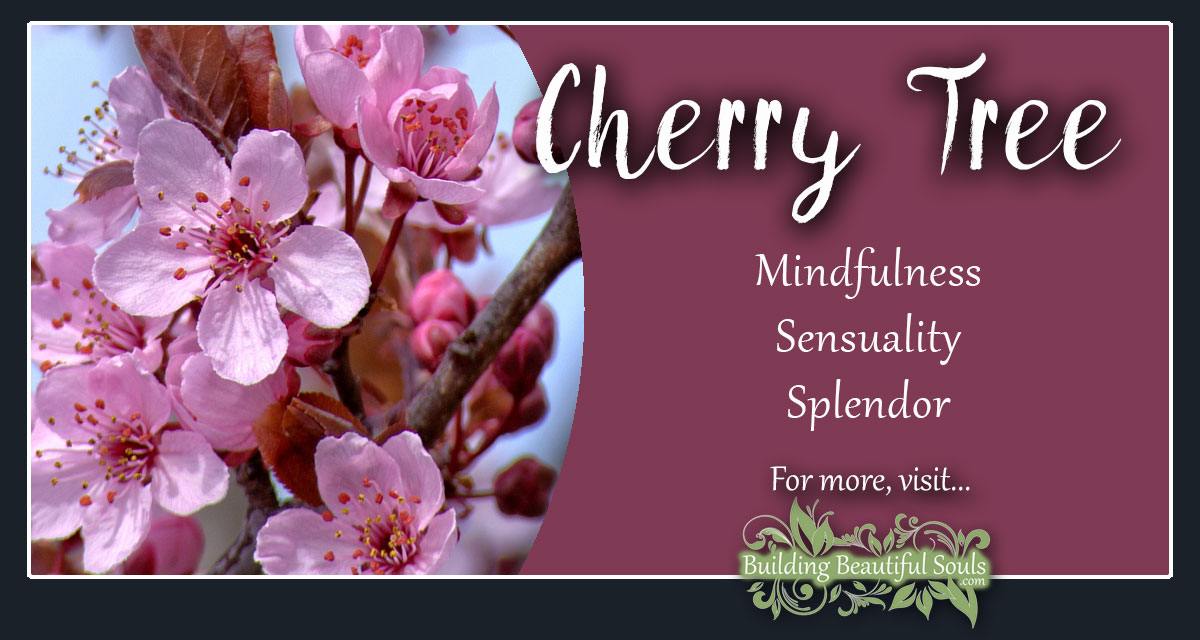Etymology and History of Cherry: Cherry Meaning

Cherry meaning – The word “cherry” is derived from the Old French word “cerise,” which in turn comes from the Latin word “cerasum.” The cherry tree is native to the region around the Caspian Sea, and it was first cultivated in ancient Greece and Rome. Cherries were introduced to England by the Romans in the 1st century AD, and they were brought to the Americas by European colonists in the 16th century.
In the realm of luck and fortune, cherries hold a bittersweet allure. Their crimson hue, a symbol of both love and sacrifice, has long been intertwined with the unpredictable spins of the slot machine. As the reels whir and symbols dance, the sight of cherries evokes a sense of anticipation, a flicker of hope that fate will bestow its sweetest rewards.
Yet, just as in life, the cherry’s promise can vanish in an instant, leaving behind a bittersweet reminder of the fickle nature of chance.
Spread of Cherry Cultivation
Cherries are now grown in many temperate regions around the world. The leading cherry-producing countries are Turkey, the United States, Iran, Russia, and Italy. Cherries are used in a variety of culinary applications, including fresh eating, baking, and preserves.
Symbolism and Cultural Significance of Cherries

Cherries have long been imbued with symbolic meanings and cultural significance across various societies. In art, literature, and mythology, they represent a wide range of concepts, from love and fertility to joy and abundance.
Art and Literature, Cherry meaning
In art, cherries often symbolize beauty, youth, and innocence. They are depicted in paintings and sculptures as symbols of fertility and love. In literature, cherries are often associated with romantic encounters and the sweetness of life.
Mythology
In mythology, cherries are often associated with gods and goddesses. In Greek mythology, cherries are sacred to Aphrodite, the goddess of love and beauty. In Norse mythology, cherries are said to have grown from the blood of the slain god Baldur.
Cultural Associations
In many cultures, cherries are associated with festivals and traditions. In Japan, the cherry blossom festival is a major event that celebrates the beauty and transience of life. In China, cherries are used in traditional medicine and are believed to have healing properties.
Varieties and Uses of Cherries

Cherries, a beloved fruit with a diverse range of varieties, offer a tantalizing spectrum of flavors and uses. From the luscious sweetness of dessert cherries to the tart acidity of sour cherries, these versatile fruits grace our tables and inspire countless culinary creations.
Beyond their culinary appeal, cherries also serve a variety of non-culinary purposes. Their exquisite wood is highly prized for its durability and aesthetic qualities, making it a popular choice for furniture and other decorative items.
Sweet Cherries
- Bing cherries: Large, dark red cherries with a sweet and juicy flesh, ideal for eating fresh or using in pies and other desserts.
- Rainier cherries: Large, yellow cherries with a firm texture and sweet, mild flavor, perfect for salads and snacking.
- Royal Ann cherries: Large, red cherries with a slightly tart flavor, often used in canning and preserving.
Sour Cherries
- Montmorency cherries: Small, tart cherries with a deep red color, primarily used in pies, preserves, and juices.
- Morello cherries: Dark red cherries with a sour flavor, commonly employed in cooking and baking.
- Early Richmond cherries: Small, bright red cherries with a tart and juicy flesh, often used in pies and preserves.
Ornamental Cherries
- Japanese flowering cherries: These ornamental trees are renowned for their spectacular springtime blooms, ranging from delicate pinks to vibrant reds.
- Weeping cherry trees: Graceful trees with cascading branches and delicate pink blossoms, adding a touch of elegance to landscapes.
- Sour cherry trees: While primarily grown for their sour fruit, these trees also boast attractive blossoms in the spring.
Culinary Uses
- Desserts: Cherries are a popular ingredient in pies, tarts, cobblers, and other sweet treats.
- Preserves: Cherries can be preserved as jams, jellies, and compotes, extending their shelf life and versatility.
- Beverages: Cherry juice, a refreshing and flavorful drink, is often used in cocktails and mocktails.
- Snacks: Fresh cherries are a delicious and healthy snack, enjoyed on their own or paired with other fruits.
Non-Culinary Uses
- Woodworking: Cherry wood is highly valued for its rich reddish-brown color, fine grain, and durability, making it a sought-after material for furniture, cabinets, and other woodworking projects.
- Carving: Cherry wood’s fine texture and hardness make it an excellent choice for intricate wood carvings and sculptures.
- Decorative items: Cherry wood is often used to create decorative bowls, vases, and other ornamental objects.
In the realm of nature’s enigmatic whispers, the cherry’s vibrant blush holds a tale of youth and innocence. Yet, beneath its delicate petals, a hidden layer emerges, a connection to the ancient realm of the warrior. Like the sword meaning , sharp and unyielding, the cherry’s subtle essence mirrors the determination and courage that lies within us, a testament to the multifaceted nature of life.
The cherry, a symbol of sweetness and innocence, has been celebrated in literature for centuries. In the whimsical world of “Marsupial Winnie the Pooh” (read more) , the cherry takes on a new meaning, representing the boundless imagination and childlike wonder that defines this beloved character.